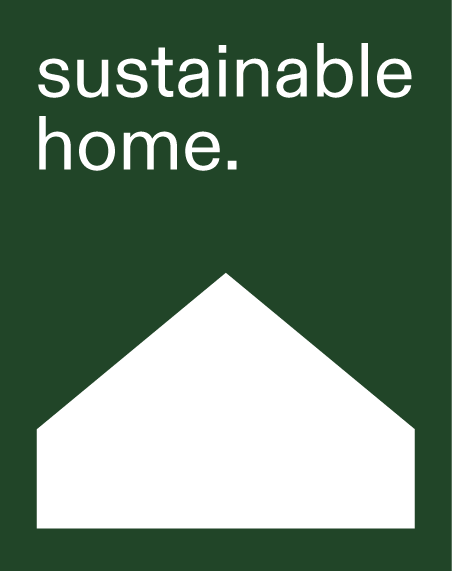This 1920s Barton house had plenty of sought after qualities cherished by its owners of 14 years, but it felt small due to its dark interior, with minimal garden outlook.
It took little more than a 22-square-metre extension by Josh Mulford Architects to overcome these issues, in favour of a more generous and functional home that celebrates its established garden.
The positive impact of this relatively small addition is threefold: simultaneously ensuring the home meets heritage restrictions (that limited the scope and style of work visible from the street), without majorly impeding on the backyard, and while minimising the project budget.
Josh Mulford, director of Josh Mulford Architects, describes the new kitchen as ‘a pavilion in the garden’ — a small room with volume and multiple framed openings that bring the outdoors in.
‘Each opening is designed with distinct orientation, size, and shape to frame unique views of the garden and sky… It’s about creating layering and different experiences day to day,’ says Josh.
The most prominent outlook is of course the backyard, framed by a rear window seat that juts out into the garden.
‘I love how it interacts with the garden, the nearby Chinese elm tree, and the large axial view it frames towards the private garden,’ says Josh.
‘The back garden makes you feel more like you’re in England than in Canberra.’
Spotted gum features both indoors and out, adding depth and patterning to the facade, and instilling a richness and warmth and lightness to the kitchen ceiling.
The extension has freed up the existing kitchen to become a dedicated dining space, while the laundry was enlarged to double as a second bathroom.
Key walls were opened up to better connect the social spaces to the new extension, and sustainable upgrades to the windows, central heating, and insulation were made for improved performance.
By utilising the garden as an asset, introducing volume, and reconnecting the social spaces in a subtle way in the now 135-square-metre home, Josh says the project proves a house doesn’t need to be big to be functional and beautiful.
‘I love how the extension can’t be seen from the public domain at all,’ he says. ‘It’s an unexpected surprise.’






















































